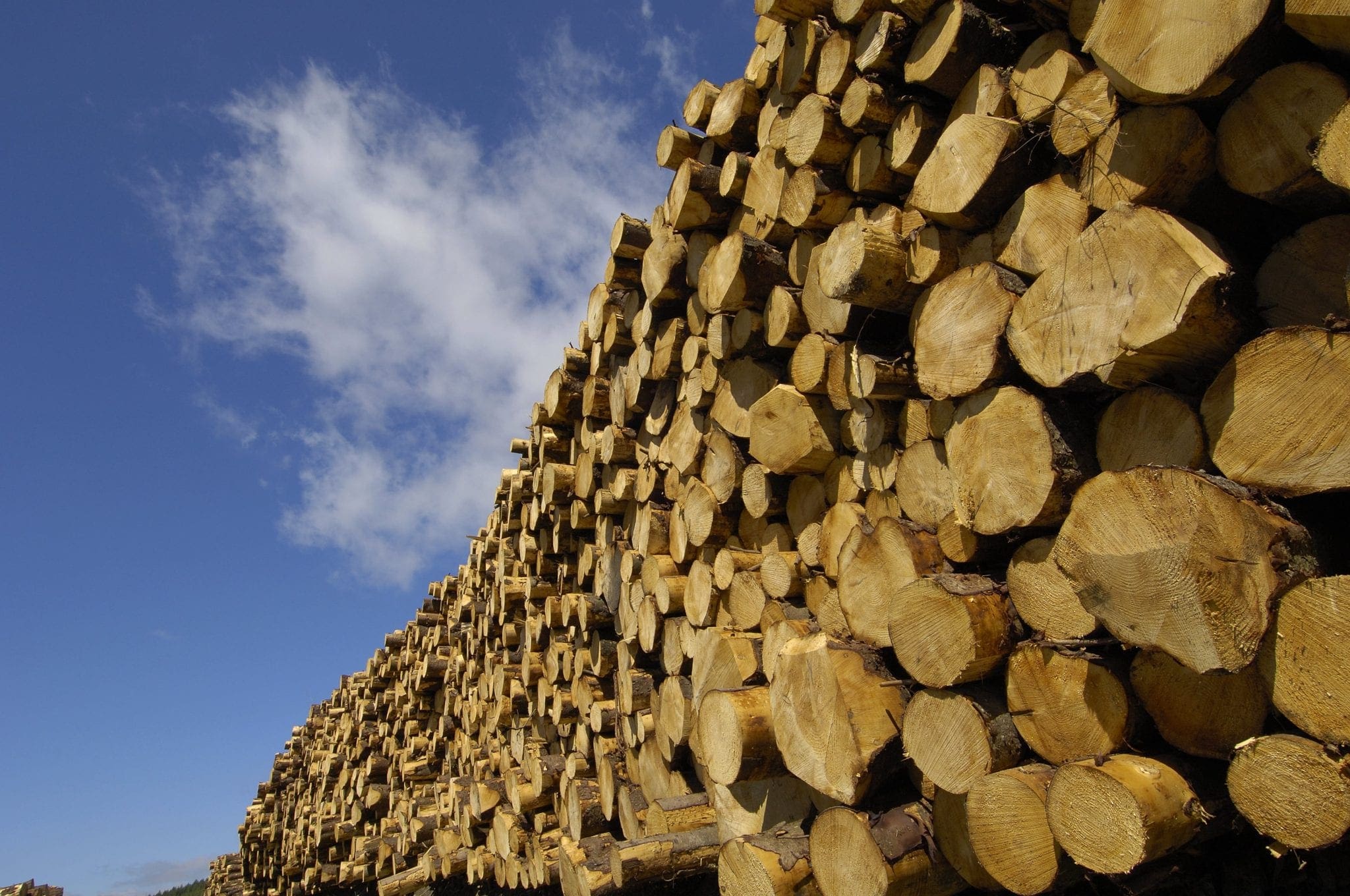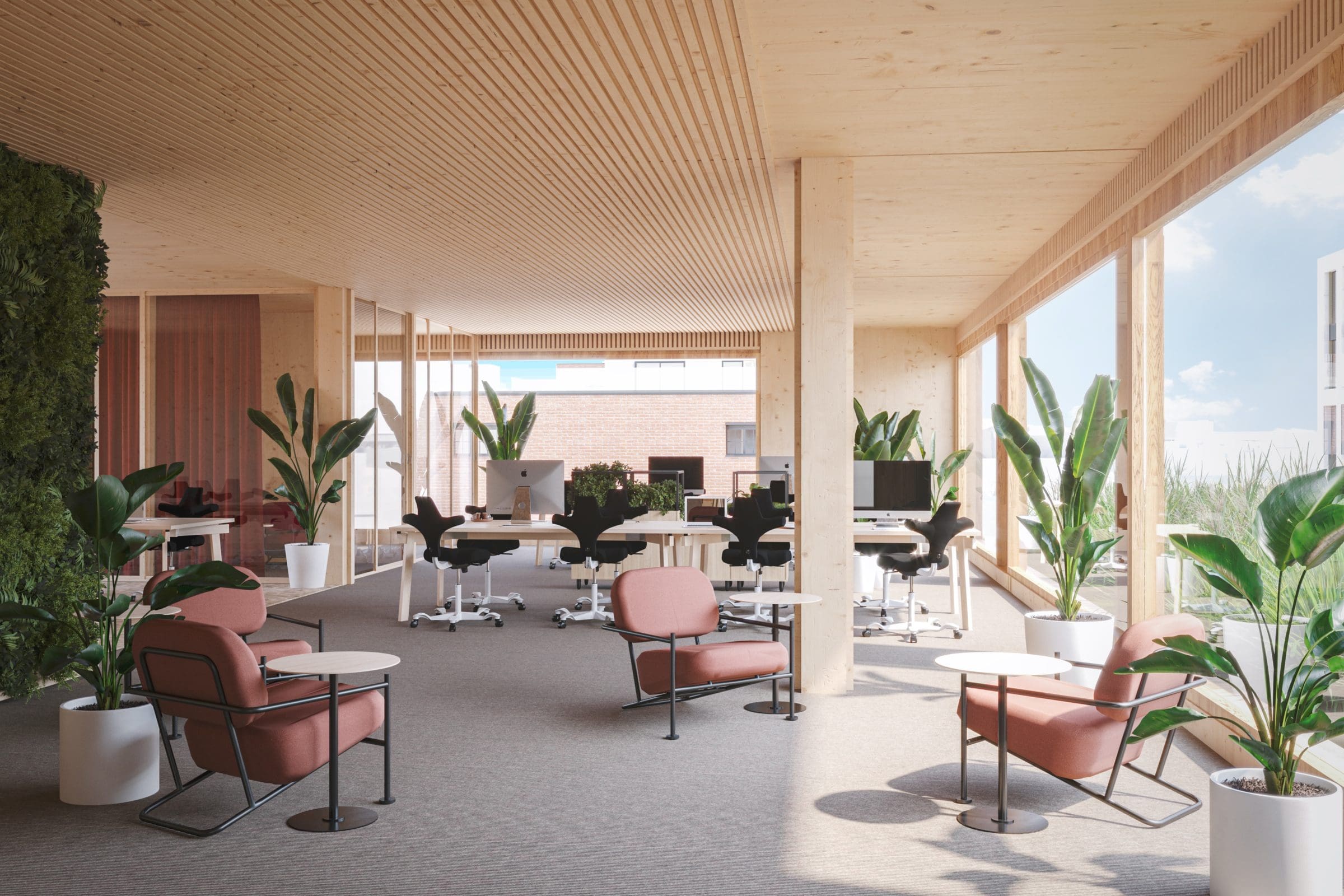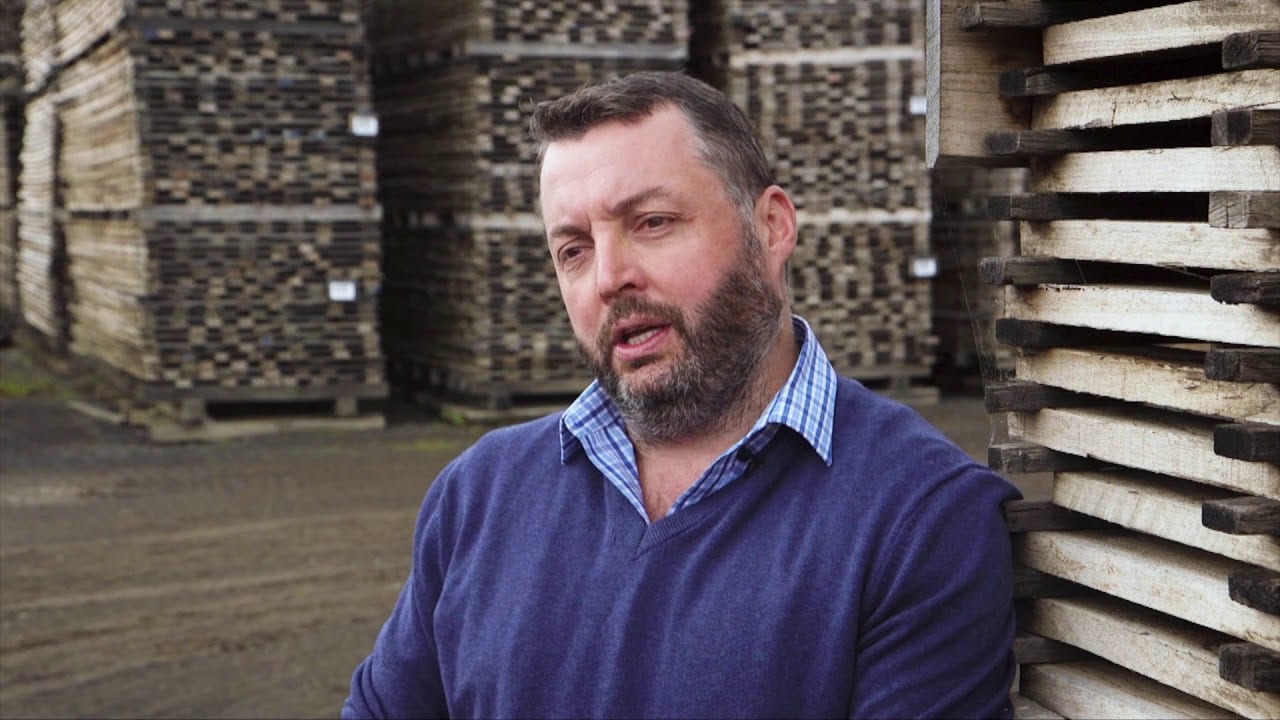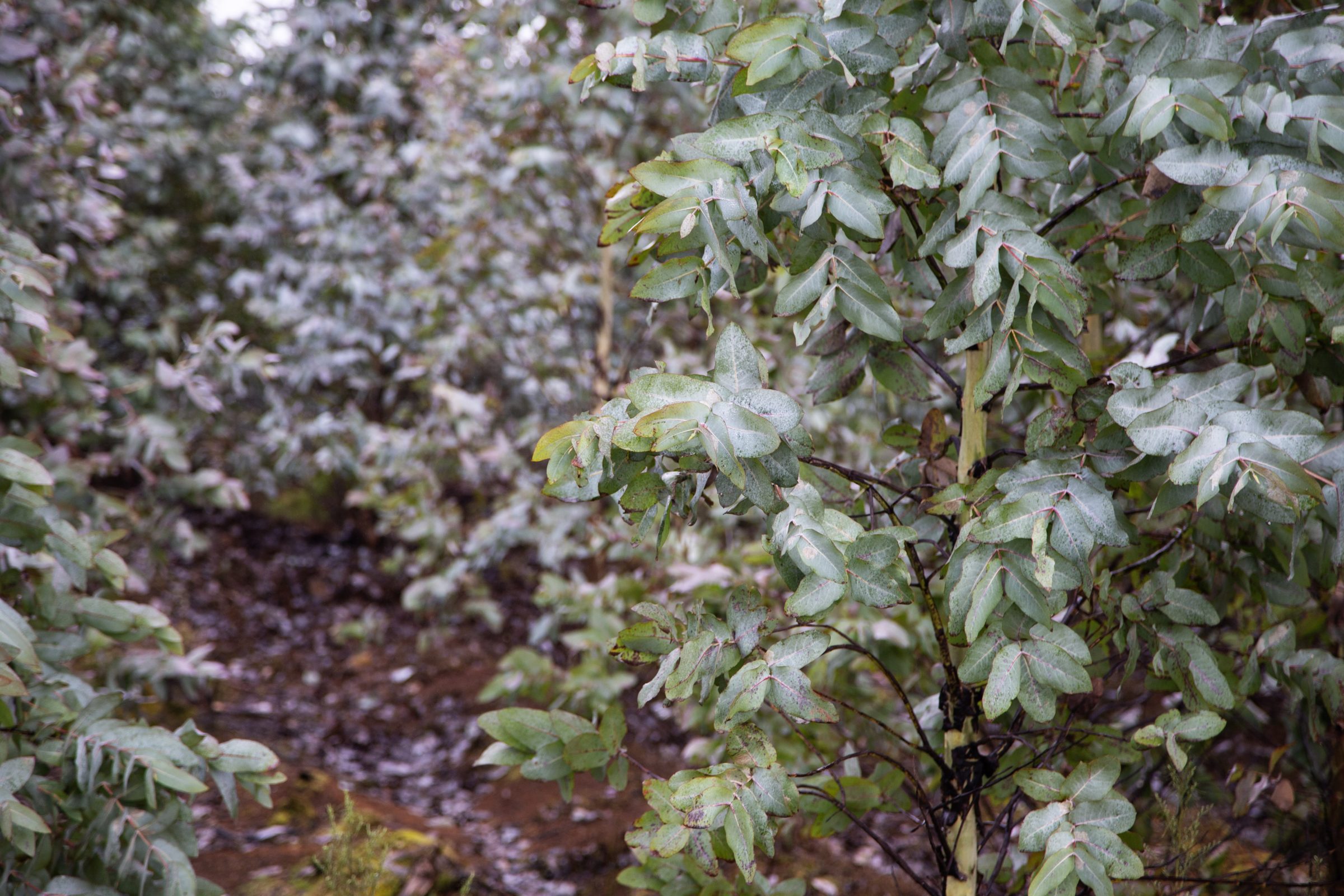Industrial, Landscaping & Packaging

As a readily available, renewable and highly workable material, timber and wood in its various forms are regularly used for industrial, landscaping, and package products. This includes logs as piles, poles or bridge beams, large section sawn timber in retaining walls and decking, and sawn timber in pallets and packaging.
With moves to decarbonise the economy and reduce dependence on energy intensive and non-renewable materials such as metal and plastics, timber and wood-based solutions are likely to become increasingly more relevant.
Industrial and Landscaping Products
Timber and wood, in the form of lower grade logs and economically sawn sections, are and have always been materials regularly used in a wide range of industrial and landscaping applications. This includes:
- Natural round timber of various diameters and length that are treated to improve their durability. These are used as utility and agricultural poles, piles for building foundations and retaining walls, and beams and supports for bridges, wharves and similar industrial and infrastructure projects.
- Large sawn sections often used unseasoned as sleepers in landscaping and decking in industrial and infrastructure projects.
Industrial and similar landscaping products can be hardwood of various species or plantation grown radiata pine available from various producers. The key selection criteria are usually strength, durability, availability and economy.
Packaging Products
Timber and wood-based packaging products are essential components of an efficient transportation sector, and deliver value, performance and environmental benefits to users and the community. These products include pallets, boxes and bins, crates and cases, reels, spools & cable drums, and dunnage.
The board for these products can be sawn from lower grade hardwood logs of various species or plantation grown radiata pine and is available from various producers. The key selection criteria are usually strength, robustness, availability and economy.
Specialised producers have also established pallet production lines, using fibre-managed plantation hardwoods as their feedstock.




